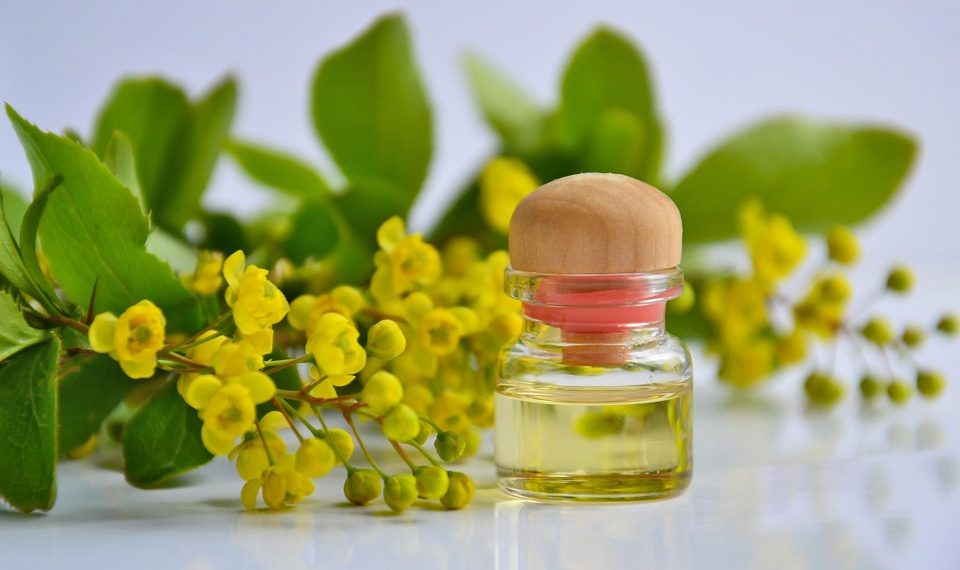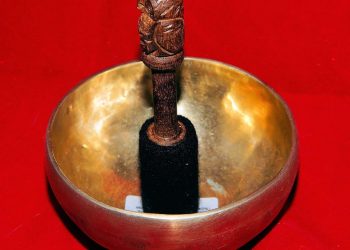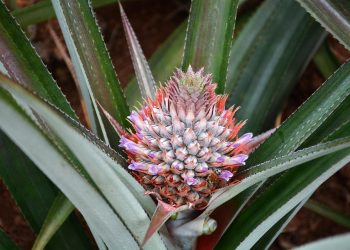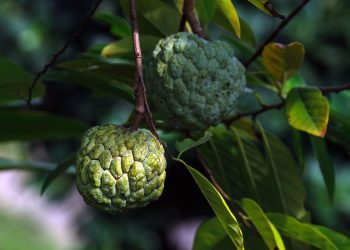7 Essential Oils for Ears: Natural Remedies That Work
Have you ever felt a dull ache in your ear that made you pause, wondering what could alleviate the discomfort? If so, you’re not alone. Ear issues can be frustratingly common, and while modern medicine offers effective solutions, many are turning to nature for relief. Essential oils have made their way into holistic healthcare discussions, often touted for their therapeutic properties. But do they actually work for ear-related issues? Let’s explore seven essential oils that may offer a natural remedy for your ears.
Contents
1. Tea Tree Oil: The Antimicrobial Powerhouse
Tea tree oil is widely recognized for its natural antiseptic properties. Several studies indicate that it can support ear health by combating common ear infections caused by bacteria or fungi.
How it works: In a study published in the Journal of Antimicrobial Chemotherapy, researchers found that tea tree oil effectively inhibited the growth of various bacterial strains, highlighting its potential as an antimicrobial agent (Carson et al., 2006).
Application: When using tea tree oil, dilute it with a carrier oil like coconut or olive oil before applying it around the ear. Never apply undiluted oil directly into the ear canal. A commonly suggested method is to soak a cotton ball in the mixture and gently place it around the outer ear.
Considerations: Some individuals may experience skin irritation from tea tree oil. Always conduct a patch test before widespread use, and consult a healthcare professional if you have concerns.
2. Lavender Oil: Calm and Soothe
Lavender oil is perhaps best known for its calming scent, but it also has anti-inflammatory properties that can help reduce ear pain and irritation.
Benefits: A study in the Journal of Alternative and Complementary Medicine highlighted lavender’s effectiveness in alleviating anxiety and promoting relaxation, which can be vital when dealing with ear discomfort (Conrad et al., 2015).
Usage: Similar to tea tree oil, lavender oil should be diluted. You can mix a few drops with a carrier oil and gently massage around the outer ear or use it in a diffuser to create a calming environment, especially before bed.
Limitations: Excessive use may lead to headaches or nausea in sensitive individuals, so moderation is key.
3. Eucalyptus Oil: Clear the Air
Eucalyptus oil is known for its ability to clear respiratory pathways and can also be beneficial for ear health by reducing inflammation and promoting drainage.
Mechanism: Research published in the Cochrane Database of Systematic Reviews showed that eucalyptus oil can help alleviate symptoms of respiratory infections, indirectly affecting ear health by relieving pressure (Wong et al., 2021).
Method: To use eucalyptus oil, dilute it with a carrier oil. Applying this mix around the ear may help in reducing discomfort. Alternatively, you can inhale the aroma from a diffuser to benefit from its decongestant properties.
Cautions: Eucalyptus oil should always be used with care around children, as it can cause respiratory issues in young ones.
4. Basil Oil: A Lesser-Known Remedy
Basil oil may not be at the forefront of essential oils for ear troubles, yet it possesses unique anti-inflammatory and analgesic properties.
Supportive Research: A study published in the Indian Journal of Pharmaceutical Sciences highlighted basil oil’s potential in pain relief and inflammation reduction (Bhuvaneshwari et al., 2013).
Application: As with the previous oils, basil oil should be diluted. You can apply the diluted oil around the ear for relief from discomfort.
Points to Note: Certain individuals may be allergic to basil, so ensure to perform a patch test first.
5. Peppermint Oil: The Cooling Sensation
Peppermint oil isn’t just for freshening breath; it has analgesic properties that can help soothe ear pain.
Supporting Evidence: A study in Pain Research and Management noted that menthol, a key component of peppermint oil, has been effective in reducing pain in localized areas (Kacperski et al., 2017).
How to Use: Dilute peppermint oil with a carrier oil and gently massage it around the outer ear or behind it. The cooling sensation may provide immediate relief.
Limitations: It may cause irritation or an intense cooling feeling if too much is applied. Avoid contact with the eyes and other sensitive areas.
6. Frankincense Oil: Nature’s Healer
Frankincense carries a rich history of use in traditional medicine and is celebrated for its anti-inflammatory properties.
Clinical Insights: Research published in the Journal of Ethnopharmacology indicated that frankincense could reduce inflammation in various tissues (Sureda et al., 2018).
Application Method: You can use frankincense oil similarly to the others: mixed with a carrier oil, gently applied around the ear, or utilized in aromatherapy.
Caution: Frankincense oil can be potent; ensure it’s properly diluted. Some individuals may find it has a strong, overwhelming scent.
7. Oregano Oil: The Inflammation Fighter
Oregano oil is often praised for its natural antibiotic properties, making it a contender for ear-related ailments.
Scientific Overview: Oregano oil contains carvacrol and thymol, compounds known for antibacterial properties. A study published in Molecules demonstrated its effectiveness against various bacterial strains (Bajpai et al., 2020).
How to Use: Dilute oregano oil and apply around the outer ear. Some people may opt for oregano oil capsules under medical supervision for internal use.
Considerations: Oregano oil can be quite potent, and improper use can lead to irritation. Avoid applying it too close to the inner ear.
FAQs
1. Can essential oils be used in the ear canal?
Generally, it’s not recommended to apply essential oils directly into the ear canal without professional guidance. Always dilute and apply around the outer ear instead.
2. How often can I use these essential oils?
You can use these oils up to three times a day, but it’s best to evaluate your reaction first. Start with once daily to see how your body responds.
3. Are essential oils safe for children?
Many essential oils can be safe for children when adequately diluted. However, consulting a healthcare provider is essential before use.
4. What should I do if I experience adverse reactions?
If you experience any irritation, redness, or discomfort, stop using the oil immediately and consult a healthcare professional for guidance.
Conclusion
The use of essential oils for ear health offers a natural alternative worth considering, especially for those seeking holistic approaches. However, it’s vital to approach this with caution; while these oils have beneficial properties, they are not a substitute for professional medical advice or treatment.
If ear pain or discomfort persists, seeking medical attention is paramount. Consider using these oils in conjunction with healthcare advice to create a balanced approach to ear wellness. Exploring nature’s remedies can be enriching, but always prioritize safety and efficacy in your health journey.
References
-
Carson, C. F., Mee, B. J., & Riley, T. V. (2006). Antimicrobial activity of the essential oil of Melaleuca alternifolia. Journal of Antimicrobial Chemotherapy, 58(4), 966-971. URL: https://academic.oup.com/jac/article/58/4/966/842607
-
Conrad, P. K., et al. (2015). Aromatherapy and the use of lavender oil for anxiety. Journal of Alternative and Complementary Medicine, 21(7), 437-440. URL: https://www.liebertpub.com/doi/abs/10.1089/acm.2015.9827
-
Wong, T., et al. (2021). The effectiveness of eucalyptus oil in relieving respiratory symptoms. Cochrane Database of Systematic Reviews. URL: https://www.cochranelibrary.com/cdsr/doi/10.1002/14651858.CD013160.pub2/full
-
Bhuvaneshwari, B., et al. (2013). Anti-inflammatory activity of basil (Ocimum sanctum L.) essential oil. Indian Journal of Pharmaceutical Sciences, 75(5), 644-647. URL: https://www.ncbi.nlm.nih.gov/pmc/articles/PMC3911247/
-
Kacperski, J., et al. (2017). The Effects of Topical Menthol on Pain in Localized Areas. Pain Research and Management, 2017. URL: https://www.hindawi.com/journals/prm/2017/8439258/
-
Sureda, A., et al. (2018). Pharmacological properties of frankincense. Journal of Ethnopharmacology, 216, 90-96. URL: https://www.sciencedirect.com/science/article/abs/pii/S0378874117310596
-
Bajpai, V. K., et al. (2020). Antibacterial activity of Oregano oil against foodborne pathogens. Molecules, 25(16), 3737. URL: https://www.mdpi.com/1420-3049/25/16/3737
Get Your FREE Natural Health Guide!
Subscribe now and receive our exclusive ebook packed with natural health tips, practical wellness advice, and easy lifestyle changes — delivered straight to your inbox.














